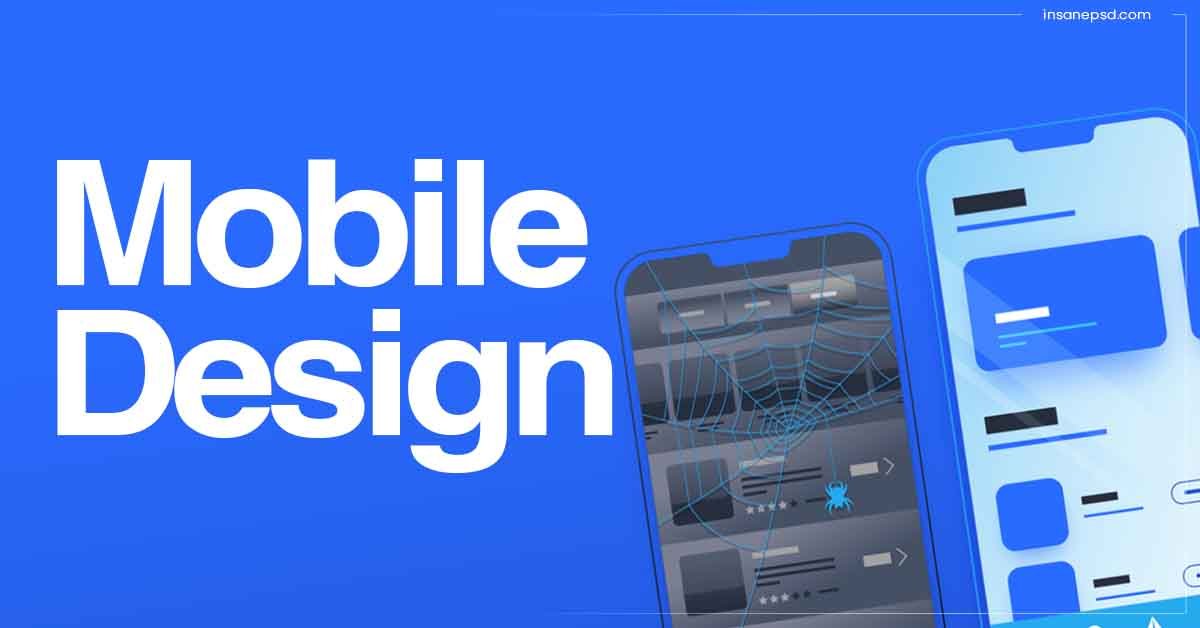Outline
- Introduction to Mobile Design
- Importance of mobile design
- Evolution of mobile devices
- Understanding Visual Communication
- Role of visual communication
- Challenges in mobile design
- Adapting to Small Screens
- Responsive design principles
- Importance of user experience
- Key Elements of Mobile Design
- Simplified navigation
- Consistent branding
- Optimized content
- Mobile-Friendly Typography
- Choosing legible fonts
- Font size and spacing
- Visual Hierarchy and Layout
- Prioritizing content
- Grid-based layouts
- Color and Contrast
- Importance of contrast
- Choosing a color scheme
- Image and Media Optimization
- Compression techniques
- Alternative text for accessibility
- Interactive Elements
- Touch-friendly interfaces
- Gestures and interactions
- Testing and Iteration
- Importance of testing on various devices
- Iterative design process
- Mobile SEO Considerations
- Importance of mobile-friendliness for SEO
- Mobile-first indexing
- Emerging Trends in Mobile Design
- AR and VR integration
- Foldable devices
- Case Studies
- Successful mobile design examples
- Lessons learned
- Future Outlook
- Predictions for mobile design evolution
- Opportunities for innovation
- Conclusion
- Recap of the importance of mobile design
- Final thoughts on the future of visual communication
The Rise of Mobile Design: Adapting Visual Communication for Small Screens
In today’s digital age, the prevalence of smartphones and tablets has fundamentally changed the way we interact with the internet. As more users access websites and applications on mobile devices, the importance of mobile design has never been greater. This article explores the evolution of mobile design and the strategies for adapting visual communication to small screens.
Introduction to Mobile Design
Mobile design refers to the process of creating websites and applications specifically tailored to the constraints and capabilities of mobile devices. With the widespread adoption of smartphones and tablets, ensuring a seamless user experience on smaller screens has become essential for businesses and brands.
Understanding Visual Communication
Visual communication plays a crucial role in conveying information and engaging users. However, the limited screen real estate of mobile devices presents unique challenges for designers. Balancing aesthetics with functionality is key to effective mobile design.
Adapting to Small Screens
Responsive design principles allow websites and applications to adapt fluidly to different screen sizes and orientations. Prioritizing user experience ensures that essential content remains accessible and navigable on small screens.
Key Elements of Mobile Design
Simplified navigation and consistent branding are paramount in mobile design. Optimizing content for mobile consumption involves concise messaging and strategic placement of elements.
Mobile-Friendly Typography
Choosing legible fonts and appropriate font sizes is crucial for readability on small screens. Paying attention to spacing and line lengths enhances the overall reading experience.
Visual Hierarchy and Layout
Establishing a clear visual hierarchy helps users prioritize content on mobile interfaces. Grid-based layouts provide structure and consistency across different devices.
Color and Contrast
Utilizing contrast effectively enhances readability and usability on mobile devices. Selecting a cohesive color scheme ensures visual harmony and brand recognition.
Image and Media Optimization
Optimizing images and media files for mobile delivery improves loading times and reduces bandwidth consumption. Providing alternative text for images enhances accessibility for all users.
Interactive Elements
Designing touch-friendly interfaces and intuitive gestures enhances user engagement on mobile devices. Streamlining interactions minimizes friction and encourages exploration.
Testing and Iteration
Thorough testing on various devices and screen sizes is essential for identifying and addressing usability issues. Embracing an iterative design process allows for continuous improvement based on user feedback.
Mobile SEO Considerations
Google’s mobile-first indexing prioritizes mobile-friendly websites in search results. Optimizing for mobile SEO improves visibility and accessibility for mobile users.
Emerging Trends in Mobile Design
The integration of augmented reality (AR) and virtual reality (VR) technologies opens up new possibilities for immersive mobile experiences. Foldable devices present opportunities for innovative design solutions.
Case Studies
Examining successful mobile design examples provides valuable insights and inspiration for designers. Analyzing user behavior and preferences informs future design decisions.
Future Outlook
As technology continues to evolve, the future of mobile design holds exciting prospects for innovation. Leveraging emerging technologies and trends will shape the next generation of visual communication on small screens.
Conclusion
In conclusion, the rise of mobile design underscores the importance of adapting visual communication for small screens. By embracing responsive design principles and prioritizing user experience, businesses and brands can effectively engage mobile users and stay ahead in an increasingly digital world.
FAQs
- Why is mobile design important? Mobile design ensures a seamless user experience on smartphones and tablets, catering to the growing number of mobile users.
- What are the key elements of mobile design? Simplified navigation, responsive layouts, and optimized content are essential elements of effective mobile design.
- How does mobile design impact SEO? Google’s mobile-first indexing prioritizes mobile-friendly websites in search results, highlighting the importance of mobile design for SEO.
- What are some emerging trends in mobile design? Augmented reality (AR), virtual reality (VR), and foldable devices are shaping the future of mobile design, offering new opportunities for innovation.
- How can businesses improve their mobile design? Conducting thorough testing, gathering user feedback, and staying updated on industry trends are key strategies for enhancing mobile design.
